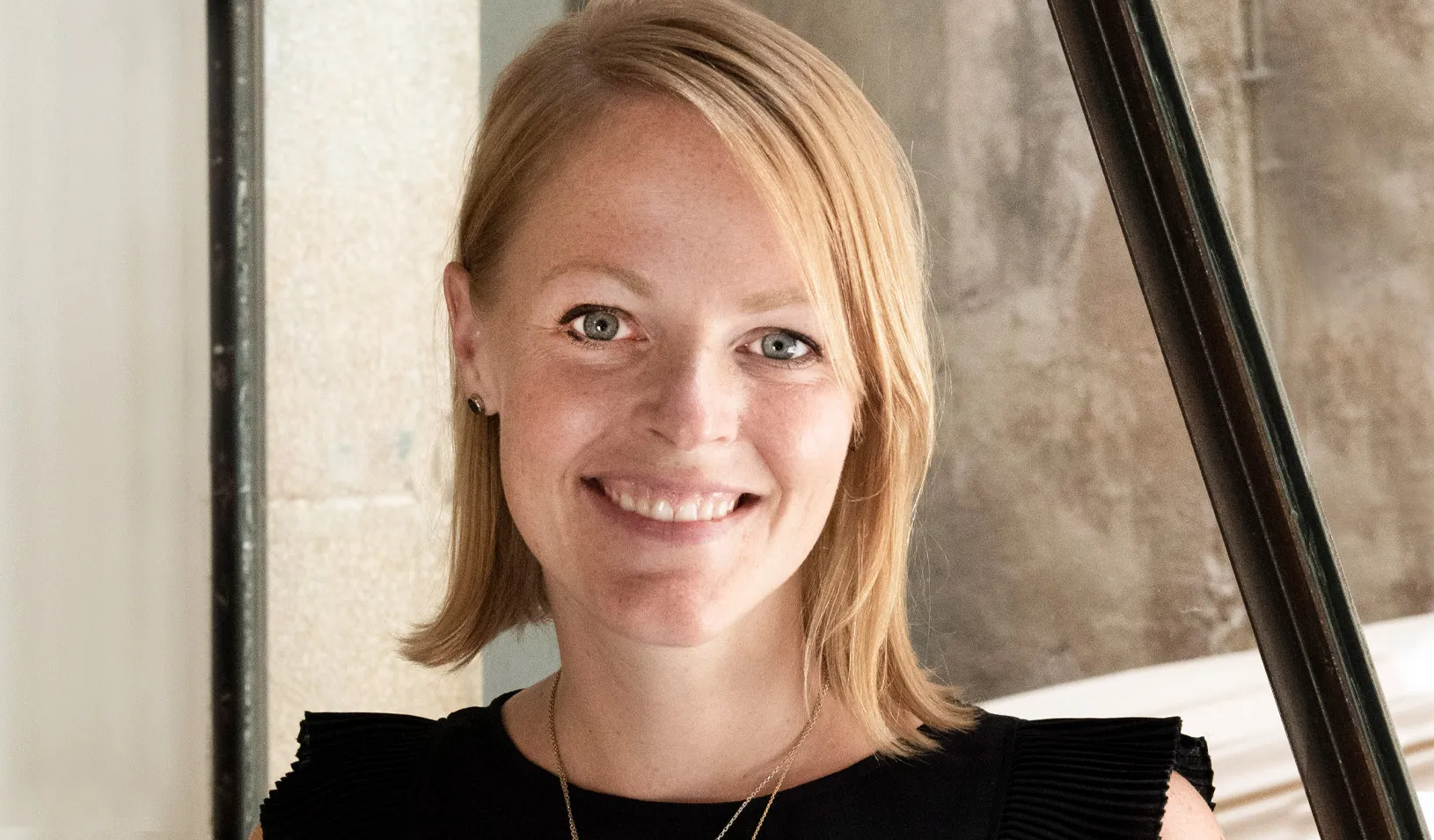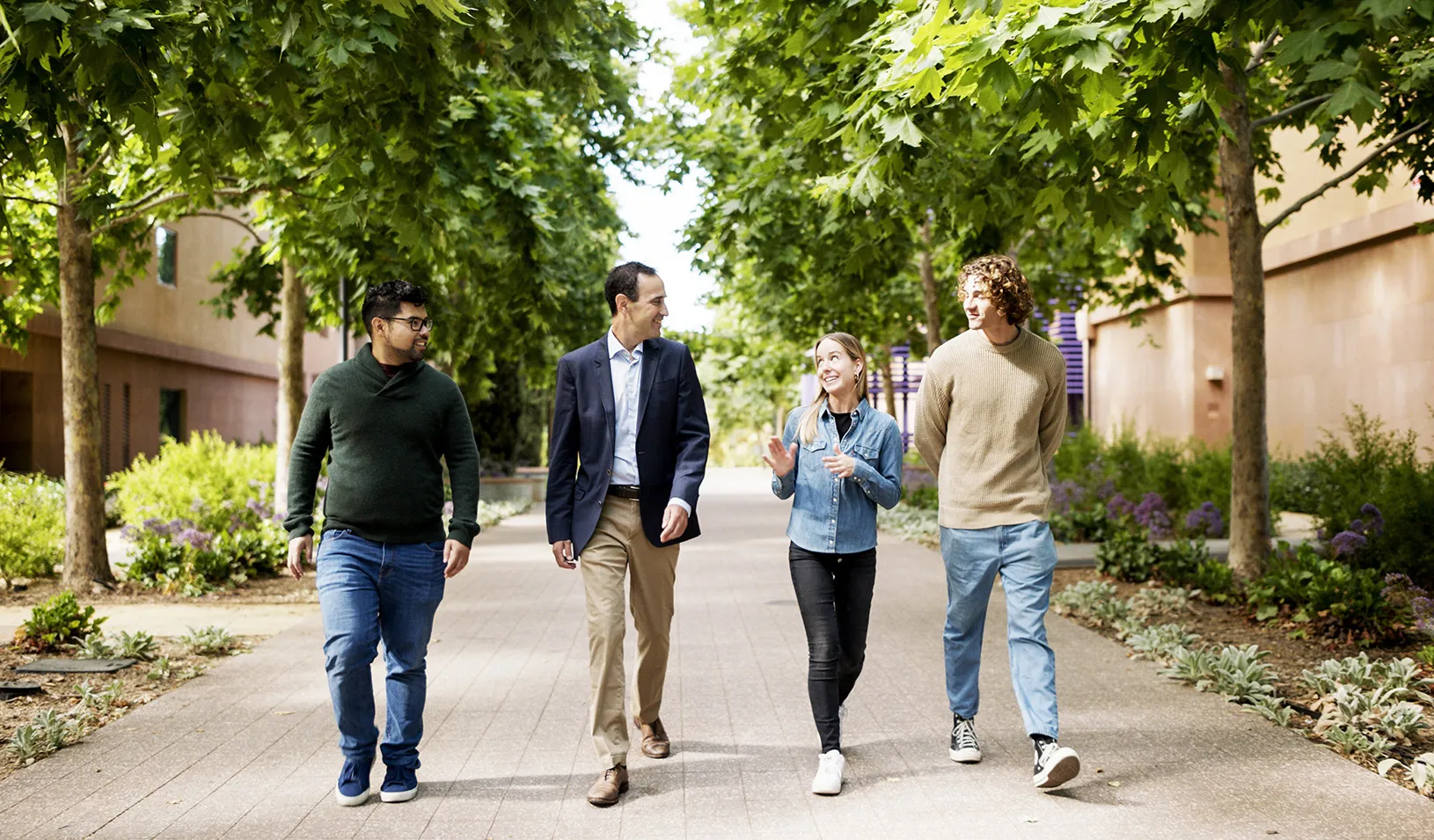H. Irving Grousbeck: Demystifying Entrepreneurship
The longtime professor talks about building Stanford GSB’s startup curriculum, refining ethics, and keeping pace.
April 22, 2019
H. Irving Grousbeck’s early jobs taught him one thing: he didn’t want to work for anybody | Elena Zhukova
H. Irving Grousbeck’s first job out of college wasn’t a fit. The liberal arts major who had considered becoming a minister had zero accounting experience when he was hired by Arthur Young (now Ernst & Young).
“What I learned was valuable, and the people were extraordinarily nice to me, but I disliked the work,” he says. “And if I were ever promoted to manager, which was nowhere in sight, I didn’t think those responsibilities would be any more attractive.”
He lasted 18 months, then left for Harvard Business School. During a summer internship, he found himself in another frustrating role, working at Procter & Gamble in its manufacturing operations. His contributions felt negligible. And, similar to Arthur Young, the ambitions of his coworkers didn’t resonate. “I looked up the line and realized there was no way I wanted to be VP of this company — and there were 90,000 people competing for the job, so I probably wouldn’t get it anyway,” he says.
Grousbeck, now an adjunct professor at Stanford Graduate School of Business, says the experiences led to a simple epiphany: “I didn’t want to work for anybody.”
So four years after graduating from Harvard, he cofounded Continental Cablevision (later Media One), a cable television provider, where he was president from 1964 until 1980. He left that job to lecture at Harvard Business School, and then, in 1985, moved to Stanford GSB, where he helped to develop the school’s entrepreneurship curriculum, including cofounding its renowned Center for Entrepreneurial Studies.
In a recent conversation, Grousbeck reflected on his life in entrepreneurship and how it has shaped his role as a teacher and mentor to thousands of Stanford GSB students.
Building a Startup Curriculum
Grousbeck was an outlier among his Harvard classmates. In the 1960s, HBS was known as a place that stamped out corporate managers. It offered one class in entrepreneurship. The venture capital industry was essentially nonexistent, and the path to starting a company murky.
When he arrived to teach at Stanford 20 years later, he discovered an entrepreneurship curriculum with two courses, one in strategy and one on small business management.
Grousbeck started out “way back in a dark office where no one saw me,” he remembers, but demand for his classes grew, both because of his reputation (he won the distinguished teaching award his second year at the school) and because of Silicon Valley’s gravitational pull. In the 1980s, the area became known as the center of the computer industry and, in the 1990s, ground zero for the internet as Yahoo, eBay, PayPal, and Google all set down roots. By the mid-’90s, then Dean A. Michael Spence asked Grousbeck to create a center for entrepreneurship. Grousbeck and professor Charles Holloway founded the Center for Entrepreneurial Studies in 1996, and they attracted tenured faculty and practitioners to broaden the scope of coursework, research, and expertise available to students.
Today, Stanford GSB has roughly 80 sections of 63 courses under the entrepreneurship umbrella. “Chuck [Holloway] and I were helping to develop entrepreneurship in Silicon Valley, after all, and that shouldn’t be too hard — a lot of the credit goes to the education environment,” he says. “But the school has come to be known, in part, for its entrepreneurship curriculum, and we are proud of that.”
Coursework aside, Grousbeck’s fundamental teaching mission has remained unchanged: He wants students to understand what issues, risks, challenges, and opportunities a career in entrepreneurship entails and to question whether it’s right for them. “When I teach, I’m not trying to proselytize, to convince students to be entrepreneurs, or even make it easy for them,” he says. “I’m simply trying to demystify the option.”
Accenting Fairness and Decency
For 10 years, Grousbeck has taught a class at Stanford School of Medicine on delivering bad news. How do you tell patients and their families what they don’t want to hear? He recently imported this idea into a new course at the business school: CEOs, like doctors, often face rough interpersonal terrain.
The move was based on a simple insight. Prescription, he says, is easy for students at the business school; they are smart and have excellent analytical skills. “If you ask them the best way to approach a difficult conversation and the points they ought to cover, they’ll provide thoughtful answers,” he says. “But execution is different: If you place them in front of the room and ask them to role-play the conversation, they may not do it as well — and I wouldn’t have done it well at their age either.”
Possessing these conversational skills is an essential component of leadership. Whether terminating an employee or negotiating with a supplier, students must be equipped to handle a range of thorny situations directly, respectfully, and fairly.
Grousbeck says his motivation for all of his teaching is to weave ethical depth into instruction on management practices. “We have a moral imperative as faculty members to help students learn along many dimensions — beyond the academic content, we owe it to them to talk about concepts like fairness and respect and even friendship,” he says. This unfolds as an ongoing theme throughout his courses. “I do this, in part, because at the end of their careers, when looking back, there will probably be one central question they ask themselves: What values did I stand for?”
Keeping Pace and Finding Balance
Two key challenges face today’s business students, Grousbeck says. The first is the rate at which new technologies are emerging. This presents young entrepreneurs with tremendous opportunity — a business can be launched at almost no cost from a dorm room. But it also demands hypervigilance over a constantly evolving landscape of resources and threats.
The second challenge relates to life outside one’s career. “One of the biggest changes I’ve seen over nearly 40 years of teaching is the increasingly intense need that students feel to balance work and life,” Grousbeck says. After he graduated from Harvard, “people were willing to leave business school, put their heads down, work like dogs for 10 or 12 years, then look up at age 38 and say, ‘What’s the rest of my life supposed to look like?’” But students today feel a self-imposed pressure to be both ambitious in their careers and successful in their personal lives. Grousbeck understands that admirable but difficult aspiration. “I’d like to say my work-life balance was beautiful, but that would be a big, bad lie,” he says. “And partially because of my shortcomings, I’m very sensitive to this topic.”
Today, though, at age 84, he has found what seems to be a deeply gratifying balance. He is the principal owner of the Boston Celtics — a 2002 acquisition he made with his son and a number of other investors — and he teaches fall and spring quarters at Stanford. During these six months, he works roughly 30 hours per week. He continues to love teaching, but he watches the student evaluations closely, monitoring for any downward trends, a signal that it’s time to move on.
“In the meantime, it’s just such a treat to be here — I love my colleagues, the students are smart, there are adequate resources, and I teach a subject that I am passionate about,” he says. “It has been a gift.”
— Dylan Walsh
For media inquiries, visit the Newsroom.
Explore More
Erin Nixon Joins Stanford GSB as Assistant Dean of Admissions

Nia Rose Froome, MBA ’23: Making Local, Fresh Food Available for All

New Research Fund Promotes Responsible Leadership for the Next Century
